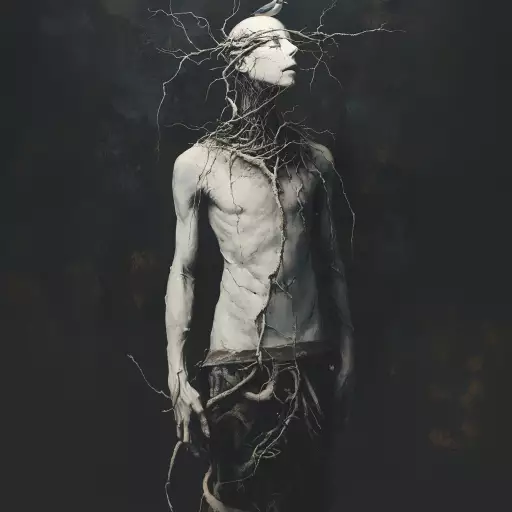Explore the Best AI Image Gallery

Pixels on Skin: How AI Image Generation is Transforming Design
The world of design is undergoing a seismic shift, fueled by the rise of artificial intelligence (AI) image generation. These innovative tools, capable of producing stunning visuals from simple text prompts, are blurring the lines between human creativity and machine ingenuity. This transformation presents a myriad of opportunities for designers, artists, and businesses alike, but also raises important ethical considerations that demand careful attention.
A Canvas Powered by Code
AI image generators, such as DALL-E 2, Midjourney, and Stable Diffusion, leverage powerful algorithms trained on massive datasets of images and text. By understanding the intricate relationships between visual elements and textual descriptions, these systems can generate unique and often breathtaking images that were previously unimaginable to create. This opens up a world of possibilities for designers:
- Rapid Prototyping: AI can quickly generate multiple design variations, allowing designers to iterate faster and explore diverse concepts within a short timeframe.
- Conceptual Exploration: Designers can translate abstract ideas into visual representations, bridging the gap between imagination and tangible output.
- Personalization at Scale: AI can create customized designs tailored to individual preferences, empowering users to express their unique identities through personalized products and experiences.
Applications Across Industries
The impact of AI image generation extends far beyond traditional design fields. Its applications are already being felt in diverse sectors:
- Marketing and Advertising: Creating eye-catching visuals for campaigns, generating product mockups, and personalizing marketing materials.
- Gaming and Entertainment: Designing game assets, creating realistic environments, and generating dynamic in-game content.
- Architecture and Real Estate: Visualizing building designs, showcasing virtual tours, and enhancing presentations.
- Education and Research: Illustrating complex concepts, generating interactive learning materials, and aiding in scientific visualization.
Navigating the Ethical Landscape
While AI image generation offers tremendous potential, it also raises ethical concerns that require careful consideration:
- Copyright and Ownership: The question of who owns the copyright to AI-generated images remains a contentious issue.
- Bias and Representation: AI models can perpetuate existing biases present in their training data, leading to unfair or discriminatory outputs.
- Misinformation and Deepfakes: The ability to create highly realistic synthetic media raises concerns about the spread of misinformation and the erosion of trust.
- Job Displacement: Automation of design tasks may lead to job losses in certain sectors.
Shaping the Future of Design
AI image generation is poised to continue reshaping the design landscape in profound ways. As technology advances, we can expect:
- Increased Accessibility: AI tools will become more user-friendly and accessible to a wider range of individuals, empowering citizen designers and democratizing creative expression.
- Collaborative Design: Human and AI will work together in symbiotic partnerships, leveraging the strengths of both to create innovative solutions.
- Emergence of New Aesthetics: AI will push the boundaries of artistic expression, leading to the emergence of novel visual styles and aesthetic paradigms.
The future of design is a tapestry woven with threads of human ingenuity and artificial intelligence. By embracing the possibilities while navigating the ethical challenges, we can harness the power of AI to unlock new dimensions of creativity and innovation.



